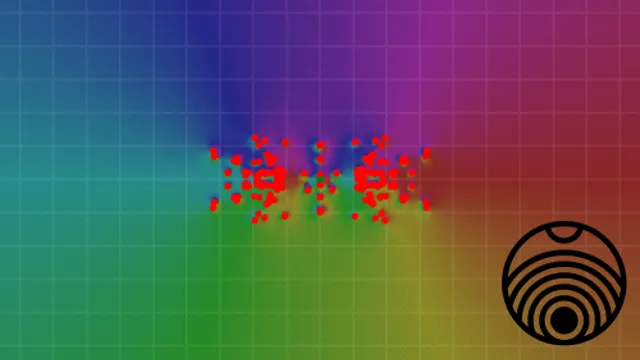Stocastish Gravity
Audience: high-schoolundergraduate
Tags: physicsprogrammingparticle-simulation
This interactive article uses particle simulations to explore ideas of gravity and time dilation. It explains how the simulations have been designed and provides the reader with parameters that they can change in order to customize the simulation and observe the new behavior therein. The intent is for this to be a useful tool to inspire the reader to explore whatever flights of fancy or silly ideas they might have using programming. As such, it is not mathematically rigorous but focuses more on a general audience with some coding experience. It touches briefly on computer science topics like asymptotic analysis, multi-threading, and how those two concepts may give rise to unintended side effects. Code snippets are presented to give readers some insight into how the simulations were created and why certain approaches were taken. As the simulations run, statistics are graphed to build to a larger point about how parameters of the simulation can be changed to introduce gravity without changing the forces on the particles.
Analytics
Comments
This explanation is written more like an academic article in its structure and contents — explaining how a project was done and what was found. If the point was to explain this specific project, it is well written: it motivates many decisions and would be easy to replicate from the details given. However, it is not very educational. It seems like it explains without trying to take the reader on a specific journey or guide them to a specific understanding. The best part was showing how time dilation can cause gravity, instead of the other way around, but I don’t think it was explored or explained enough, while other parts were excessively long and detailed to keep a student’s interest. The simulations were nice and pretty.
The idea of temporal gradients causing gravity is neat, but there is no clear takeaway. I didn’t feel like the simulations actually added much in terms of intuition.
A consistently good entry. You knew it’s shortcomings and weren’t afraid to note of them. A criticism however would be that the “gradient” was used to explain something, when other data would be more informative. Overall, in the mean above the median of entries.
Great.
Cool layout and interactive widgets. I personally felt that more motivation could be provided, and maybe some analytical models.
Fun idea for exploration and I guess would be interesting to coding and physics students :) Definitely would be taking a crack at it later ;)
I really enjoyed this! I especially appreciated the interweaving of the exposition, the code samples, and the interactive graphs. Very nicely done!
I’m not convinced you are demonstrating anything meaningful. Typically time steps are chosen small enough the difference between a continuous and discrete model is below the tolerance for the error you want. You appear to be trying to solve a system of ODEs but allowing parts of the system to have more error than other parts.
Very interesting concept! Reminds me a little of Wolfram’s theories about computational laws of the universe, but sort of from the other direction. I like the interactivity, but there are a few features that would polish it in my opinion. Namely, the equation/coefficient editor menu was a little unintuitive (maybe some tooltip text or a blurb about what the changing coefficients represent?), and the specific numbers of standard deviation you referenced later on were no longer valid for the modified equation I made (I also forgot what it originally was and couldn’t easily reset!)
I absolutely love the sentiment of using code to answer possibly silly problems purely for personal enjoyment—that’s pretty much exclusively how I use coding :)
